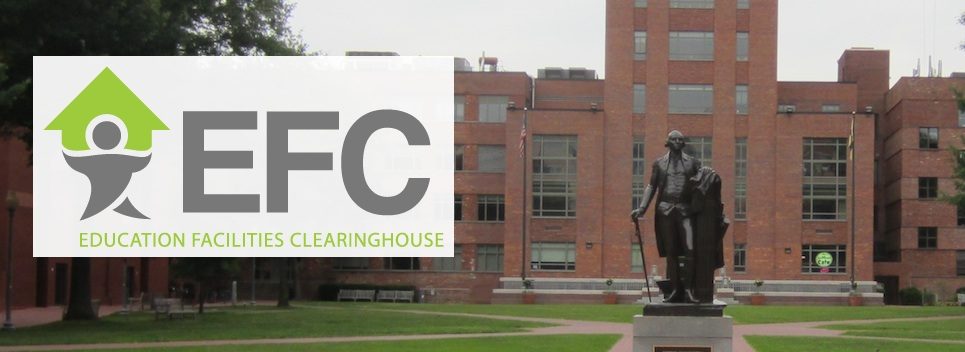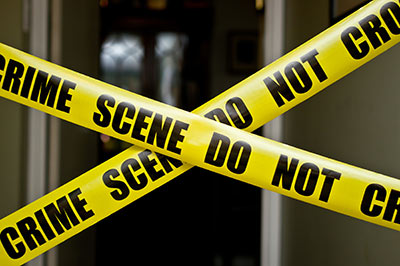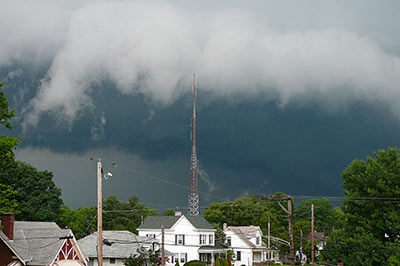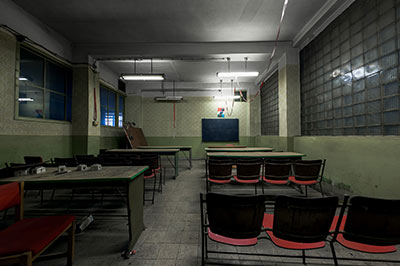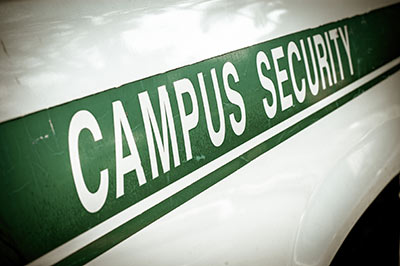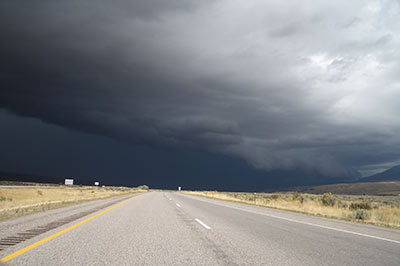National Association of School Psychologists. Safe schools not only have proactive prevention and intervention plans, well-organized crisis teams and clear lines of communication– they also provide physically safe havens for students and staff.
Tag: School Safety
Indicators of School Crime and Safety: 2013
(NCES, 2014). Establishing reliable indicators of the current state of school crime and safety across the nation and regularly updating and monitoring these indicators are important in ensuring the safety of our nation’s students. This is the aim of Indicators of School Crime and Safety.
Bricks and Mortar: Is The Gun-Free School Zones Act Enough?
By Dr. Linda Lemasters, November 11, 2014.
In October 1990, the then Senator Joe Biden introduced The Gun-Free School Zones Act of 1990 (GFSZA)--originally known as the Crime Control Act of 1990--and in November of the same year George H. W. Bush signed it into law. The Gun-Free School Zones Act is a federal law that prohibits any unauthorized individual from knowingly possessing a firearm at a place that a reasonable person knows is a school. The original law has had a rocky journey through the courts, and the current version has yet to be tested in the United States Supreme Court. Most likely all of us have seen the signs as we enter a public school that we are entering a gun-free zone. Reasonable people understand exactly what this means.
Our hearts were broken once more when a few weeks ago a young high school student entered his school in Marysville, Oregon, just 30 miles north of Seattle and took his friends’ lives and his own. Although I have a doctoral student conducting research in the area of school violence, I decided to research the topic myself. Please let me assure you, there is no lack of information. I sadly discovered a history in the U.S. that dates back to the 1700s. In the late 1980s and early 90s, however, the statistics showed a sharp increase in the number of school shootings—perhaps the impetus for VP Biden’s GFSZA law. Later in the 1990s through 2010 the rates of school violence have decreased (Neuman, 2012); school has been noted as the safest place students can be. I state this very hesitantly, as it brings no comfort to the parents, who have lost children, and others, who have lost loved ones.
Schools try to put their sense of community back together after such a tragedy, and communities often express what Marysville did after the shooting, we “will be forever changed as a result of the senseless and tragic incident that took place on the morning of October 24 and know that healing will not happen overnight. We remain committed to taking this journey together, step by step, holding up the families most impacted and helping our communities heal” (CBS News, 2014).
Commentators only express aloud what we all are thinking, “Why?”
- Some speak of the irresistible stage; others talk of the media frenzy and publicity as motivating factors.
- It seems that some shooters want to get back at those who have hurt them, picked on them, and bullied them.
- Research has shown that some shooters are themselves victims of violence at home.
- Other perpetrators, sadly, may have neglected mental problems (Robertz, 2007).
While the list could be endless, one fact stands out. There does not seem to be an understanding of the value of life. Perhaps the better question is “What can we do to emphasize the value of life itself?”
While we at the EFC will continue to collect and disseminate educational research on the school facility and best practices concerning behavioral safety from intruders to avoid violent acts, we also encourage community discussions on what can be done to exhibit and emphasize a greater value on human life. We enlist you to do the same. Let’s consider and act on environmental influences, cyber abuse, family environments, and community environments. Enlist our parents, students, businesses, industries, and local governments, anyone we can find, who will listen. The life of each child is important. Call out moviemakers, ask our entertainers to remember they are role models, encourage our athletes, involve our community activists; our children’s lives are important; it will take more that just our schools to have an impact on this problem.
We have had the GFSZA, or some form of it, for 34 years. Simply telling someone not to bring a gun on school property is not enough. The former president of South Africa, Nelson Mandela, stated, “There can be no keener revelation of a society’s soul than the way in which it treats its children.” I would welcome a discussion on how you, the reader, are going to make a difference. Can we find ways to model the respect for life to our children?
Printable Version of Blog Post
References:
CBS News. 2014, November 8. Retrieved November 10, 2014 from http://www.cbsnews.com/news/washington-school-shooting-victim-andrew-fryberg-dies-in-seattle/
Gun-Free School Zones Act of 1990, 18 U.S.C. § 921(a)(25).
Neuman, S. (2012, March 16). Violence in Schools: How Big A Problem Is It? NPR News. Retrieved November 11, 2014 from http://www.npr.org/2012/03/16/148758783/violence-in-schools-how-big-a-problem-is-it
Robertz, F. J. (2007, July 30). Deadly Dreams: What Motivates School Shootings? Scientific American, Retrieved November 11, 2014 from http://www.scientificamerican.com/article/deadly-dreams/
Linda Lemasters, Director, Education Facilities Clearinghouse
Linda is an associate professor in the Graduate School of Education and Human Development of The George Washington University, where she teaches graduate level coursework, advises students, and directs student research. Her areas of expertise and research include educational planning, facilities management, and women CEOs. She actively conducts research concerning the effects of the facility on the student and teacher, publishes within her field, and has written or edited numerous books including School Maintenance & Renovation: Administrator Policies, Practices, and Economics and book chapters including a recent chapter, Places Where Children Play, published July, 2014 in Marketing the Green School: Form, Function, and the Future.
After The Storm
Alaska school districts put more security cameras in schools
(Posted September 24, 2014). Video cameras will be installed in middle schools and elementary schools, and the Fairbanks North Star Borough School District is adding to the number of cameras at the high schools.
Creating Healthy Indoor Environments in Schools
EPA Website, (2014). Promote a healthy learning environment at your school to reduce absenteeism, improve test scores and enhance student and staff productivity. This website provides a variety of guides to help schools maintain an appropriate Indoor Air Quality (IAQ). The list below is not exhaustive. (Posted on August 4, 2014).
Guides
IAQ Tools for Schools Action Kit
The Indoor Air Quality Tools for Schools Approach: Providing a Framework for Success
Envisioning Excellence: IAQ Strategies in Action
Building Air Quality: A Guide for Building Owners and Facility Managers
EPA Information about Asbestos in School Building
Public and non-profit private schools have distinct regulatory requirements to protect school children and school employees from asbestos exposure. This page provides information on these requirements as well as resource materials for schools and parents. (Posted July 31, 2014).
Museum recognizes Alabama, new high school for safe rooms
Jill Nolin (2014). An exhibit at the National Building Museum in Washington, D.C. is highlighting the only state in the union – Alabama – that requires tornado safe rooms in new schools. (Posted on July 30, 2014).
New $500 million plan announced for adding shelters in all Oklahoma public schools
Jill Nolin (2014). Oklahoma storm shelter advocates have launched a new petition drive that calls on the state to issue $500 million in state bonds that would cover the cost to put in places of refuge in all of Oklahoma’s public schools. (Posted on July, 8, 2014).
Lessons Learned from Disaster
ACEF Webinar, Presented By: Allen Lawrence
Every school wants to ensure the safety of its occupants. Schools can increase safety by taking an all-hazards approach to school safety by preparing for various man-made and natural disasters. This webinar will discuss the threats and risks school districts may face today and how to assess areas of vulnerability. Understanding the importance of risk and threat assessments, as well as school safety and security audits, is important before substantial investments are committed to physical security solutions. The webinar will identify key stakeholders critical to the vulnerability assessment process. Strategies to improve safety and security, simple low cost solutions, and tools will be presented to help schools prepare and mitigate potential disasters. (Posted July 10, 2014).
